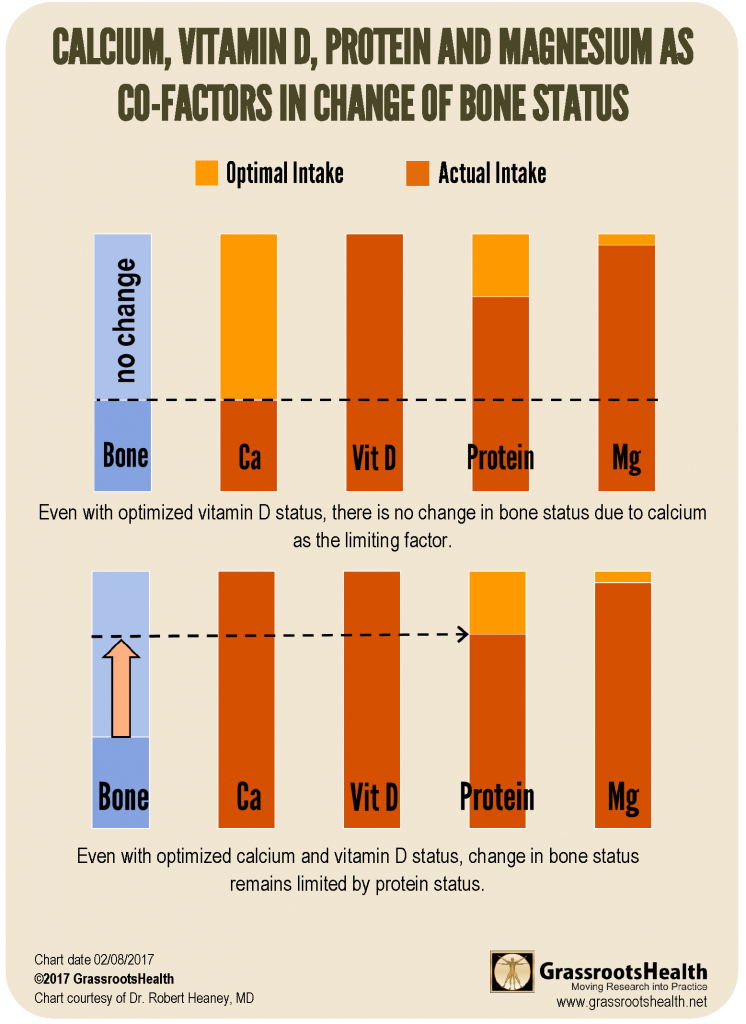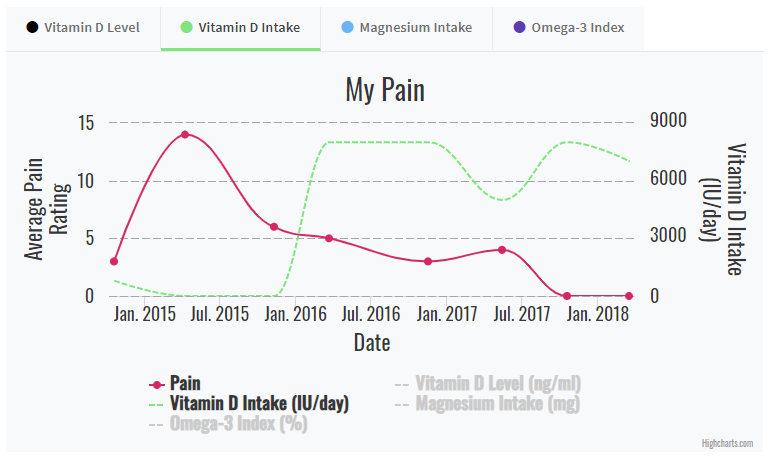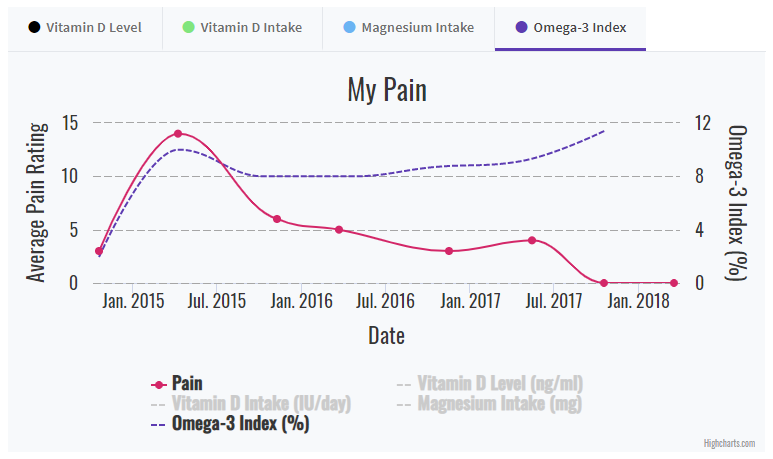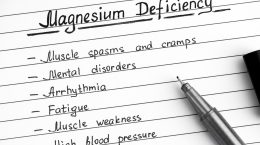Published on January 16, 2019
In a previous blog we discussed why magnesium as a vitamin D co-nutrient is important for vitamin D levels. Today take a look at how co-nutrients work together for optimal health outcomes.
What are co-nutrients?
Co-nutrients are nutrients that work together for some process. If one co-nutrient is limited, either missing or not plentiful enough, then the process might also be limited or not able to take place at all.
How do co-nutrients work together for optimal health outcomes?
Using bone status as an example, calcium, vitamin D, protein, and magnesium are some of the co-factors working together to maintain strong and healthy bones. The following charts illustrate how co-nutrient status can affect a target outcome such as bone status.

In the charts, each nutrient is at optimal status when its bar is full (dark orange). When any or all nutrients are below the optimal level (leaving the lighter orange showing), bone status is impaired at the level of the lowest, or most limited, nutrient. If one were to focus on optimizing vitamin D, without also optimizing calcium, protein, and magnesium (such as in the top chart), no change in bone status would be observed, leading to a false conclusion that vitamin D does not affect bone status. Even if calcium and vitamin D status are optimized, as shown in the bottom chart, bone status would improve but would still be limited by the protein status. Because the nutrients interact in the maintenance of bone health, the effects of a single nutrient may be overlooked if intake of others is not sufficient.
How does the lack of co-nutrients affect the results of a clinical trial?
Within a clinical trial, if the intake of co-nutrients is not adequate, the response to supplementation with regard to the outcome being studied will likely be limited. For example, a recent vitamin D trial did not find a statistically significant difference in bone mineral density between those assigned to 12000, 28000, or 48000 IU of vitamin D per month (if given daily, these doses would be the equivalent of 400, 800, and 1600 of vitamin D per day) among individuals 70 years and older. However, co-nutrients were not utilized in this study and as the chart above shows, the intake of calcium, protein, and magnesium are important for bone health; inadequacy of any of these nutrients would limit the change in bone status even if vitamin D is optimized through supplementation. Furthermore, the dose used in this study was too low to achieve vitamin D optimization – only about half of the participants in the ‘high’ dose group achieved 30 ng/ml. Most importantly, this study was designed and analyzed according to assigned dose and only about half of the participants in the ‘high’ dose group achieved 30 ng/ml. Designing and interpreting a study according to achieved vitamin D level, rather than assigned treatment dose, is key given the variability in dose-response, multiple non-study vitamin D inputs (food, sun, personal supplements), and compliance issues.
How do I know if it’s working for me?
To help you track your supplement use and nutrient levels, GrassrootsHealth has created an online tracking system called myData-myAnswers. For each specific supplement, you can track what days you take it, what time of the day, if it was with a meal, and many other details. You can also track many pre-set health conditions or add your own custom trackers. This will help you know your true supplemental intake for both vitamin D and other nutrients and how these nutrients impact your health. Check it out today!



Vitamin D and Omega-3 are also co-nutrients!
Vitamin D and Omega-3 can work together to improve health outcomes. Together they can help improve many conditions including depression, cognition, cardiovascular disease, and pregnancy outcomes.






